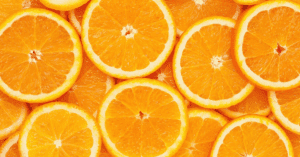If we want to improve out quality of life and respect the environment, we must follow the seasons of the plant products we buy.
Oranges, clementines, apples, pears, chestnuts, as well as other delicious fruits, which we sometimes forget, such as quince and pomegranate.
Even in November it’s easy to buy tasty and nutrient-rich fruit.
And the same is true for vegetables with many beneficial properties which keep us company throughout the autumn and winter such as: beetroot, cabbage, broccoli, cabbage and broccoli rabe.
From now on, it’s Mission Possible to eat seasonal fruit and vegetables; a mission supported by the “I love fruit & veg from Europe” project.
But why is it so important to buy seasonal products?
First of all, because it is one of the fundamental rules of healthy eating, which on the one hand allows you to enjoy the true flavours of fruit and vegetables, and on the other, to maximise the benefits of their beneficial properties.
Eating seasonal fruit and vegetables literally improves the quality of life and is environmentally-friendly.
In fact, in their natural ripening season, fruit and vegetables retain a much higher quantity of nutrients than products that are out of season and grown in greenhouses.
Moreover, heated greenhouses are used to grow products out of season which require the use of energy, pesticides and transport, which means increased costs and pollution.
The cold season is coming, and the first thing to do is stock up on vitamin C.
So run to the supermarket and fill your cart with citrus fruits. In particular, our allies are: oranges, mandarins, clementines and tangerines.
They are so good for you, rich in fibre and with antioxidant properties as well as a significant immunostimulant function.
And let’s not forget bergamot, also known as the “fruit of health“.
It is a natural stress reliever, helps regulate the intestine and is an effective remedy for combating hair loss and dandruff.
Our advice is to use it in a freshly-squeezed juice, savour it as an infusion or use it tin a tasty salad
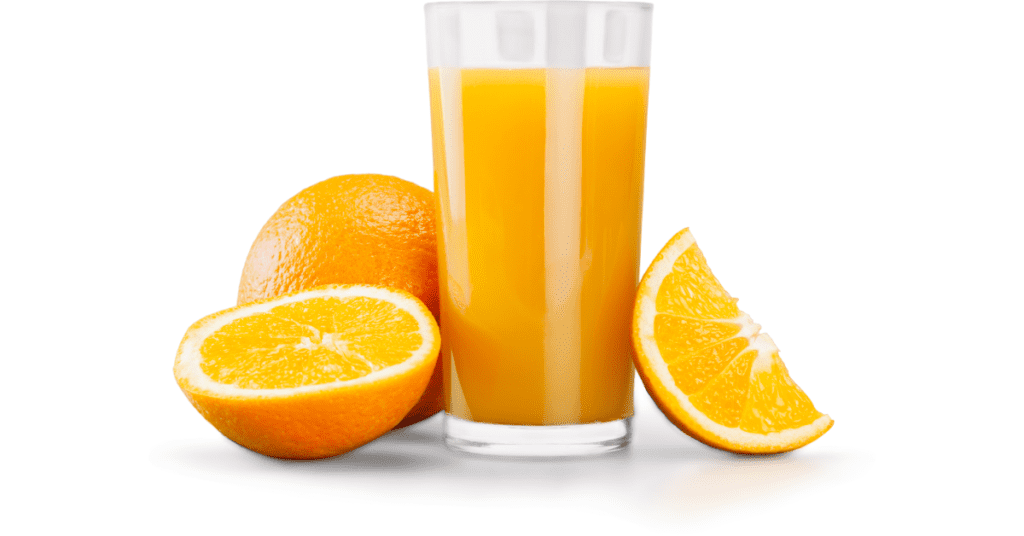
And remember that kiwi fruit have the highest quantity of vitamin C of any fruit; just two kiwis are enough to cover the whole recommended daily intake!
Let’s not forget chestnuts, a real elixir not to be wasted for their many beneficial properties.
For example, they help improve circulation and strengthen muscles and bones.
And what about their versatility in the kitchen, as well as their deliciousness?
You can prepare so many tasty savoury and sweet dishes with them: soups, chestnut and bacon appetisers, pappardelle pasta with bacon and chestnuts, fresh pasta and biscuits made with chestnut flour, cakes, pancakes and so many more.
Chestnuts can be boiled, stir-fried, baked, or ground into flour.
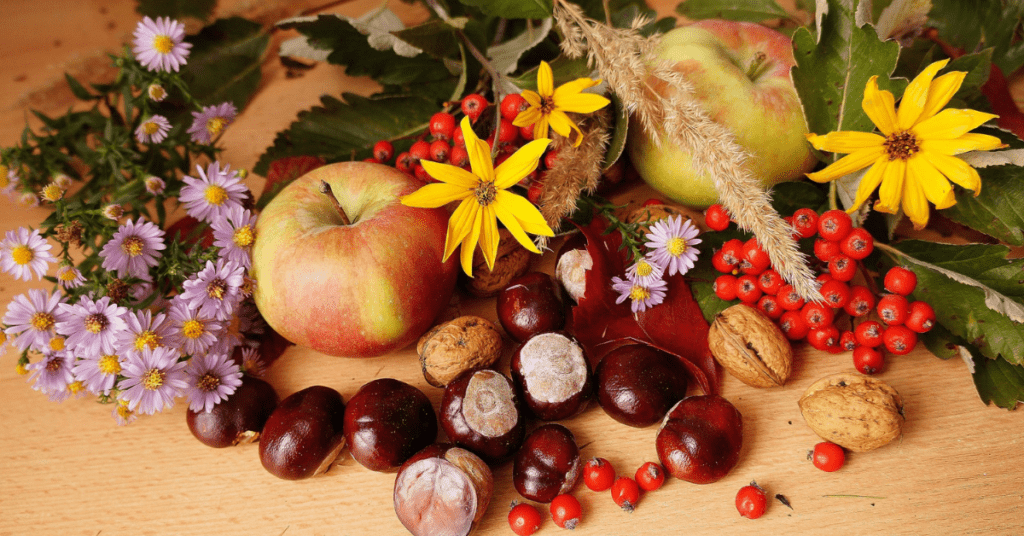
And that’s not all, you can make natural cosmetics with the peel or leaves of the chestnut, which will help to protect and make your hair shinier and bring out natural highlights.
If you have blond hair, boil the chestnut leaves for twenty minutes, filter and rinse your hair after shampooing with this infusion.
You will get natural coppery highlights.
If you have brown hair, boil the chestnuts with their peel, keep the cooking water and use it for the final rinse.
Among the seasonal vegetables, just think of broccoli and artichokes, or cabbage and
turnip greens, which you can use to prepare so many delicious and warming dishes.
From velvety soups to rustic cakes, not forgetting cannelloni and meatloaf.
Simple and tasty recipes such as cauliflower cheese or a traditional orecchiette with broccoli rabe pasta dish from Puglia.
The nutritional values of broccoli
They are rich in water and mineral salts (calcium, phosphorus, iron, sodium, potassium, magnesium, chlorine, fluorine, zinc) and vitamins (C, B1, B2, PP, K and provitamin A).
They have very little fat, minimal amounts of sugar and protein and few calories (maximum 25 calories per 100 grams).
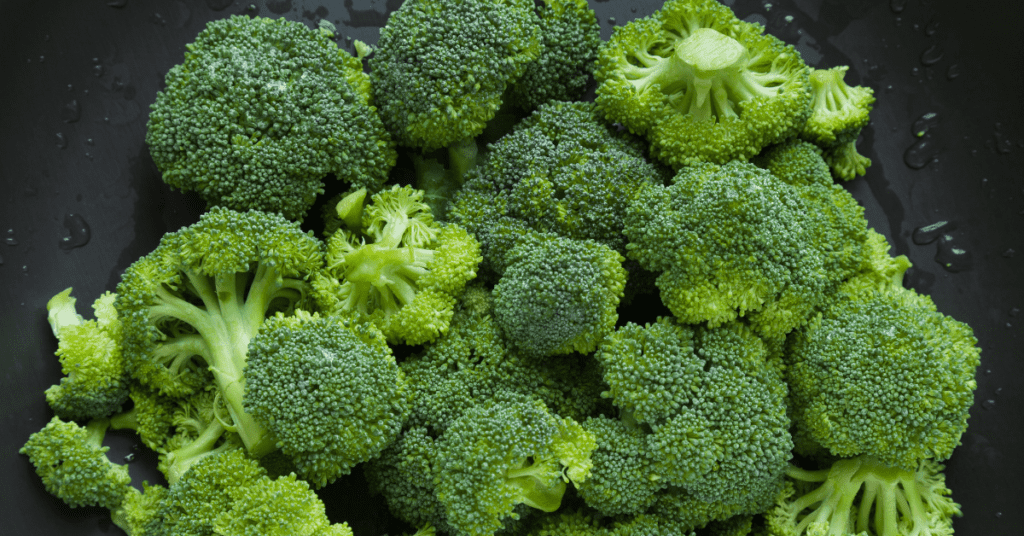
And why not welcome a vegetable that has a thousand-year history: the artichoke which was considered in ancient Greece to be the food of the gods. In ancient Rome it was a delicacy reserved only for the aristocratic class, just like in the Middle Ages, where the artichoke was used only for royal banquets.
Nowadays it is one of the most widely eaten vegetables.
What are the beneficial properties of artichokes?
First of all, they promote diuresis, digestion and help the liver function.
They help to detoxify your body and the active ingredients have purifying, digestive and anti-cholesterol properties.
They are low in calories (22 per 100 grams) and rich in fibre, which contributes to their anti-cholesterol and hypoglycaemic action.
Due to the abundance of fibre, they have a very low glycaemic index, which makes them very suitable for a diabetic diet.
And just one curiosity: the characteristic bitter taste of the artichoke is due to the presence of a substance called “cynarine”, which is responsible for many of the nutrients present in the vegetable.
So, give free rein to your imagination in the kitchen!
The best way to eat them is raw, so you can benefit the most from all their properties so why not try then in a delicious salad with shaved parmesan.
But if for a treat you fancy a fried dish, try crispy battered artichokes fritters.
They are also delicious baked and so versatile that they lend themselves to many recipes: risottos, pastas, side dishes and so many more.
For lovers of herbal teas, artichoke leaf tisane is very tasty, prepared with dried leaves that can be purchased in health stores and has recognised diuretic and purifying properties.
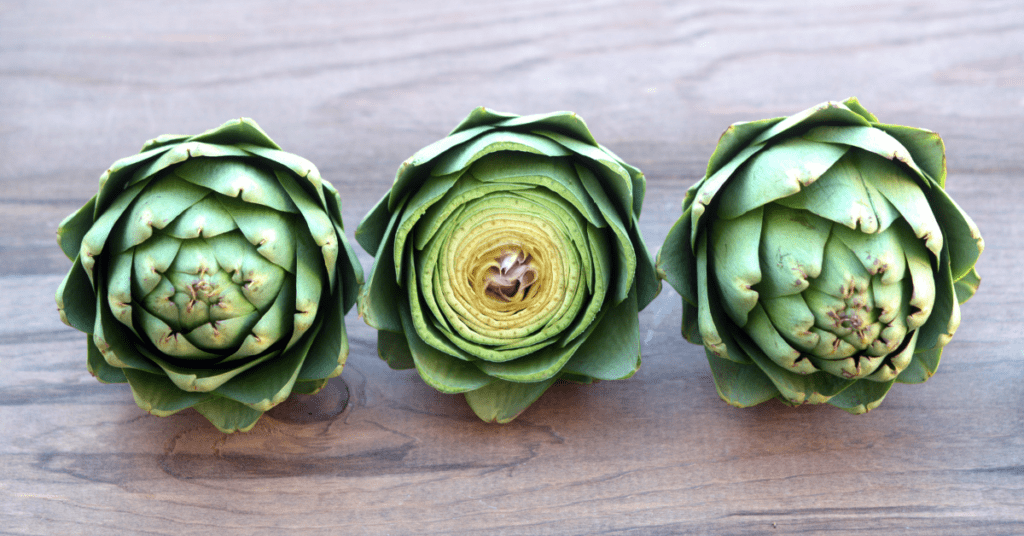
Seasonal fruit in November: pineapple, oranges, avocados, bananas, chestnuts, citron, kiwi, mandarins, pomegranates, apples, walnuts, papaya, pears, grapefruit and grapes.
Seasonal vegetables in November: broccoli, cardoons, artichokes, carrots, chicory, cauliflower, Brussels sprouts, cabbage, broccoli rabe, mushrooms, endive, aubergines, radicchio, salsify, celery, spinach, Jerusalem artichokes, truffles and courgettes.
By Federica Riccio

